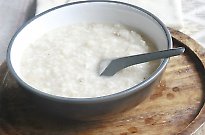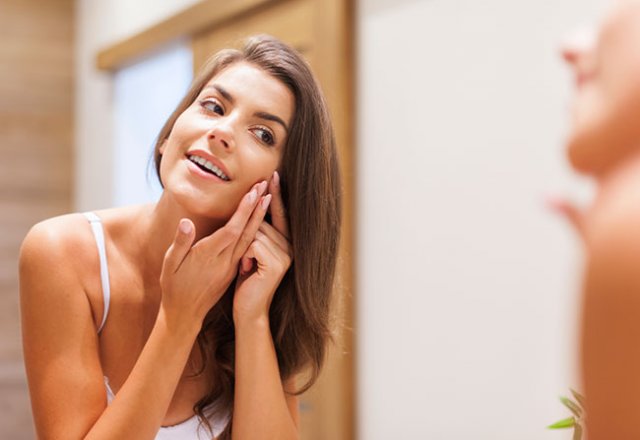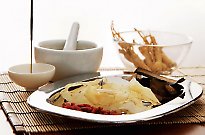
The wisdom of traditional Chinese medicine explained

Find out what your body is trying to tell you.
We asked Nat Kringoudis to share her insight into Chinese medicine and what face mapping means.
I for one, have wished for nicer skin many times in this lifetime. Whether it was pimples and acne in my teens, cystic pimples in my 20s, and now, as the years gently tick by, it’s the signs of wrinkles and ageing that are etching their way in.
I know that I’m not alone here, as I’ve heard countless women ask: “Do the pimples ever stop?”
I’m here to tell you that anything we see on the outside – whether it’s pimples, dark circles or puffiness – is a reflection of what’s happening on the inside. In order to truly fix the issue at hand, we must look deeper within the body.
Traditional Chinese medicine adopted the principles of mapping key areas, such as the face, to find a link between the outside and the inside. There are a few variations of face mapping, but in the simplest form, here’s the rundown:
- The forehead reflects the state of the intestines
- The bridge between the eyebrow and the temples refers to the liver
- Under the eyes reflects the health of the kidneys
- The cheeks represent the state of the stomach
- The nose reflects the heart
- Each side of the nose represents the lungs (closely related to skin in TCM)
- The chin speaks of the kidneys and bladder
- Around the mouth reflects digestion
- The jaw line relates to gynaecology/hormones


